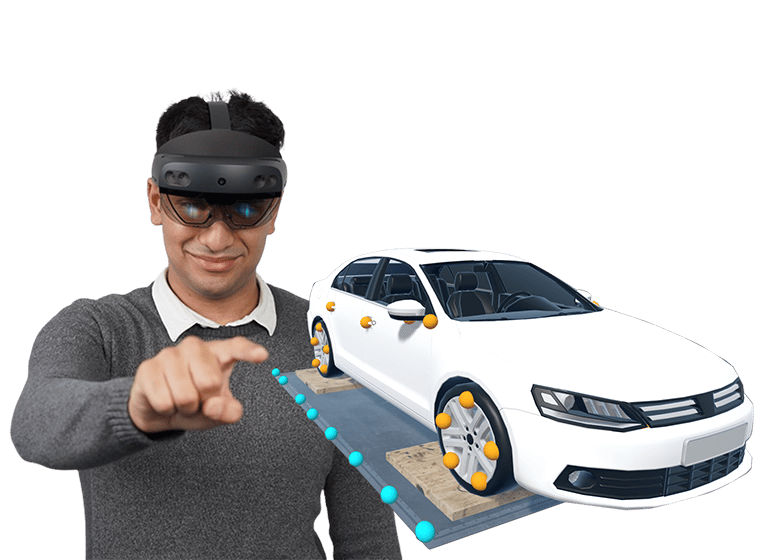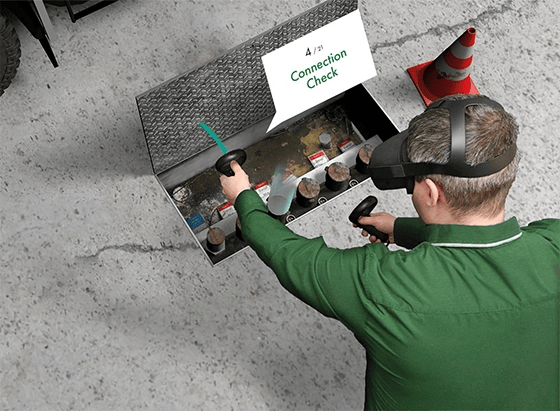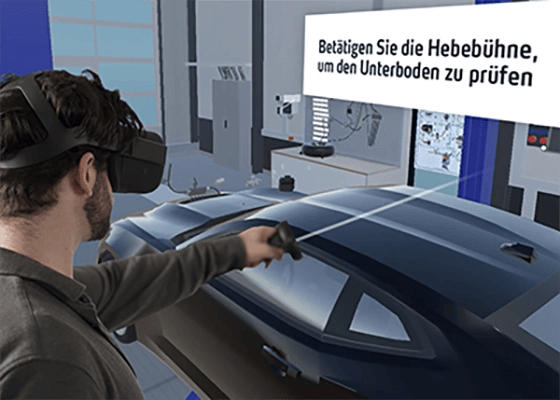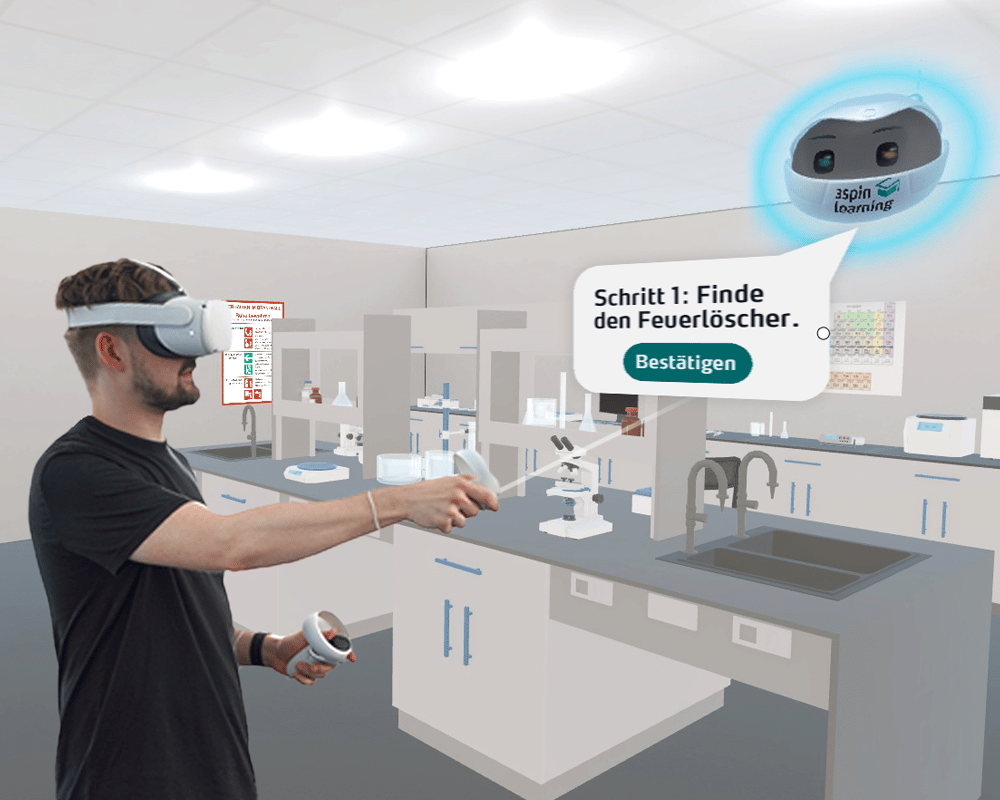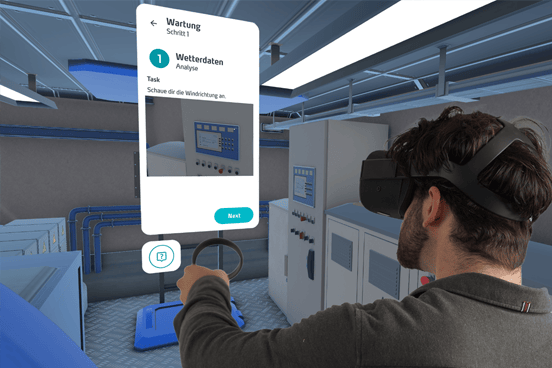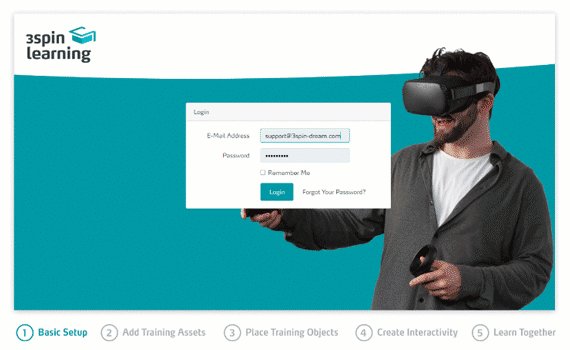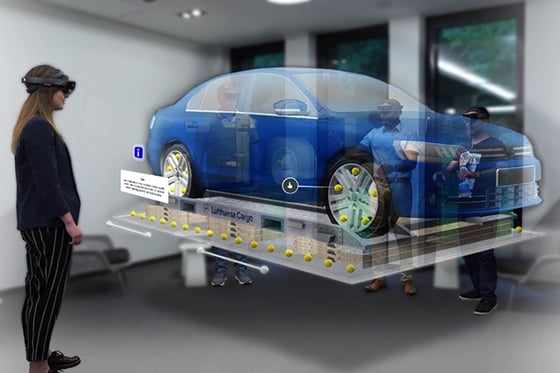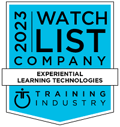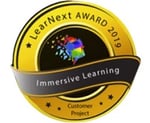AR Training Costs
Many factors play a decisive role in the final price of an AR project, for example: Are only a few AR functions needed for a project or is a customized solution with complex functions required? Choosing the right AR software package for your project depends on the platform and features of your app.
Create Content Yourself
Software solutions such as 3spin Learning offer the use of AR training at low annual platform fees in the lower four-digit range. Learning content can be created in-house, keeping the additional costs of creation low.
